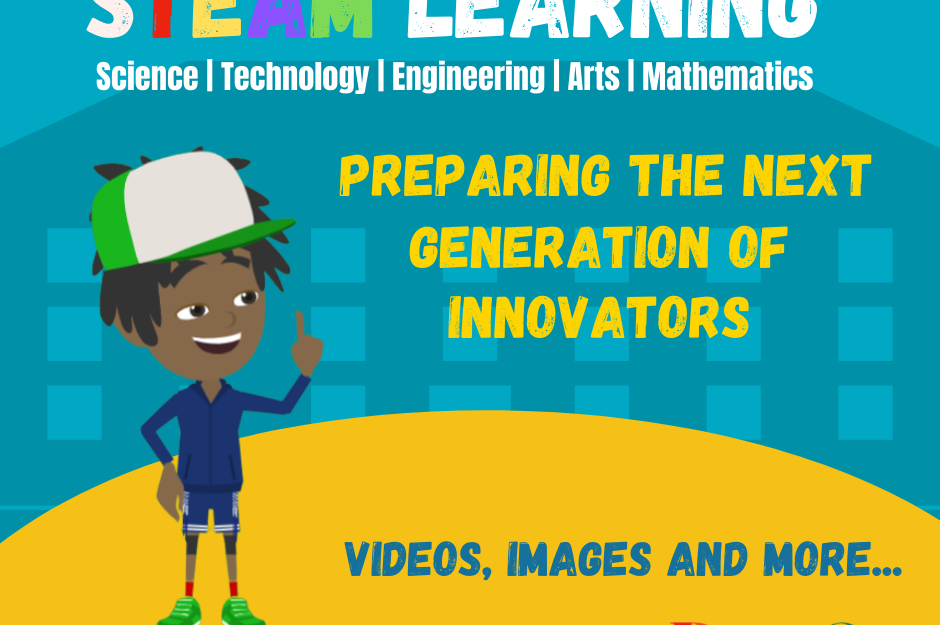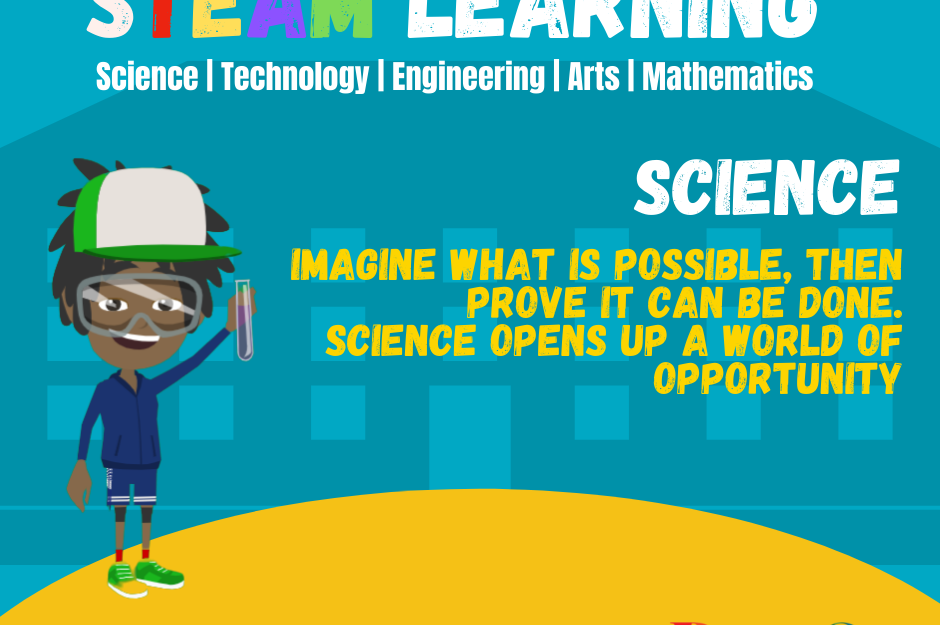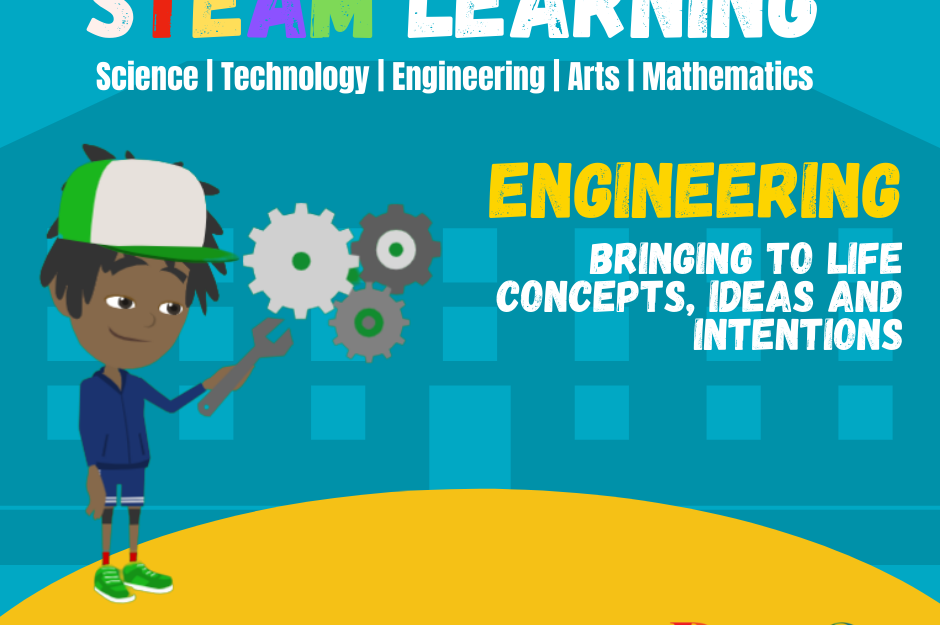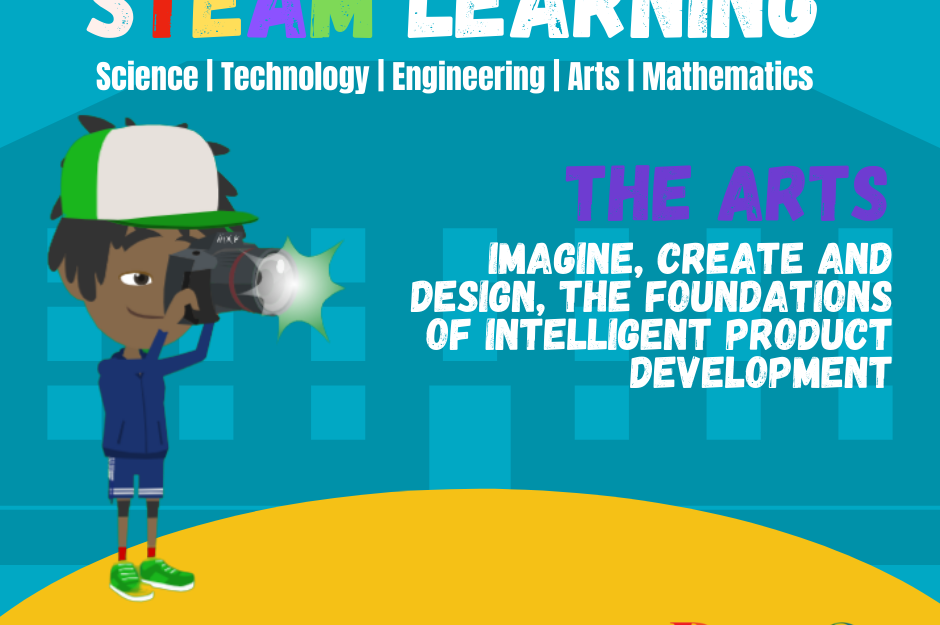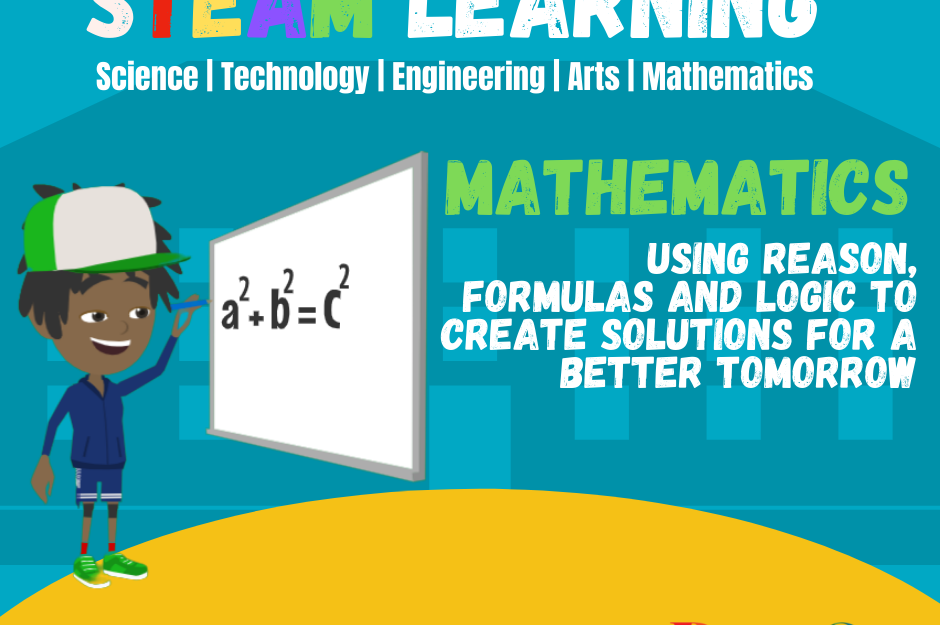STEAM Learning
Science | Technology | Engineering | Arts | Mathematics
What is STEAM learning ?
In this video, we introduce you to STEAM learning and answer questions like, what is STEAM learning ?, what does STEAM stand for and how can STEAM learning benefit our children ?
Pacific peoples have always been innovators, scientists, engineers, artists and the list goes on, so it is important we encourage our children into STEAM industries to carry on our ancestors legacy into the future.
What is renewable energy ?
In this video, we highlight different renewable energy systems such as solar, hydro, wind and thermal energy. The video also contains Tongan translations of key words.
Renewable energy is often known as clean energy, and comes from natural sources that are plentiful and constantly replenished.
How rockets work
Having a basic understanding of how rockets work allows you to dream what is possible. Aerospace engineering utilises all the subjects of STEAM education, science, technology, engineering, the arts and mathematics all play a major role in making what was impossible, now possible.
This video gives you a very basic understanding of how a rocket works, and how it can blast off into space.
What is gravity?
Gravity is an invisible force that draws objects towards its center. Each planet has its own gravitational pull, depending on its size, mass and how far it is away from other planets and stars.
In this video, our children venture into space and land on the moon, while on the moon the teacher talks to them about gravity.
Planets in our Solar System
In this video, we give you a brief description of all 8 Planets in our Solar System and where they are located in position to the sun.
All 8 planets are unique in size, temperature and the materials they are made of, the different characteristics are mostly determined by the sun.
What is Logistics ?
The Logistics Industry brings together all the STEAM topics of Science, Technology, Engineering, the Arts and Mathematics. The Logistics Industry relies heavily on Technology and Engineering to bring about efficiencies.
Logistics takes into consideration product development and design, to sourcing raw materials, to manufacturing and the distribution of products across the world. You might also take into consideration the recycling and discarding of the products.
Teaching children about sustainability and recycling
Teaching children about sustainability and recycling allows the next generation of innovators to start thinking about solutions.
Integrating STEAM learning into conversations about the environment is essential for our children to understand how STEAM subjects relate to sustainability.
What is the greenhouse effect?
The greenhouse effect is a process that occurs when gases in the Earth’s atmosphere trap the Sun’s heat. This can cause the Earth to be much warmer than it usually would be.
As the next generation of innovators, we can use science, technology and engineering to help reduce greenhouse gas emissions, and ensure our beautiful planet is around for many generations to come.
How do planes fly?
As part of our STEAM-learning animated video series, we’re taking a look at how planes fly. For a plane to fly, it needs 4 things to work together:
1. Thrust
2. Lift
3. Drag
4. Weight
What is Engineering?
At Pacific Learners Education, we are passionate about focusing on subjects that are naturally suited to our Pacific children’s gifts and talents. In this video, we explain what engineering is and the products they create.
Engineering falls into 4 main branches:
1. Civil Engineering
2. Mechanical Engineering
3. Chemical Engineering
4. Electrical Engineering
What is the ARTS?
In understanding the subjects of STEAM learning, we take a look at the ‘Arts’. When we think about the Arts we tend to think about drawing, sculpting, painting and photography, however the Arts takes into consideration much more.
How bridges are made
As we continue our theme of STEAM learning, we bring you a brief video about how bridges are made, and what makes them so strong.
The bridges we touch on are Beam bridges, and Suspension bridges. Both bridges are build different, this is due to the size of the bridge and the weight they carry.

